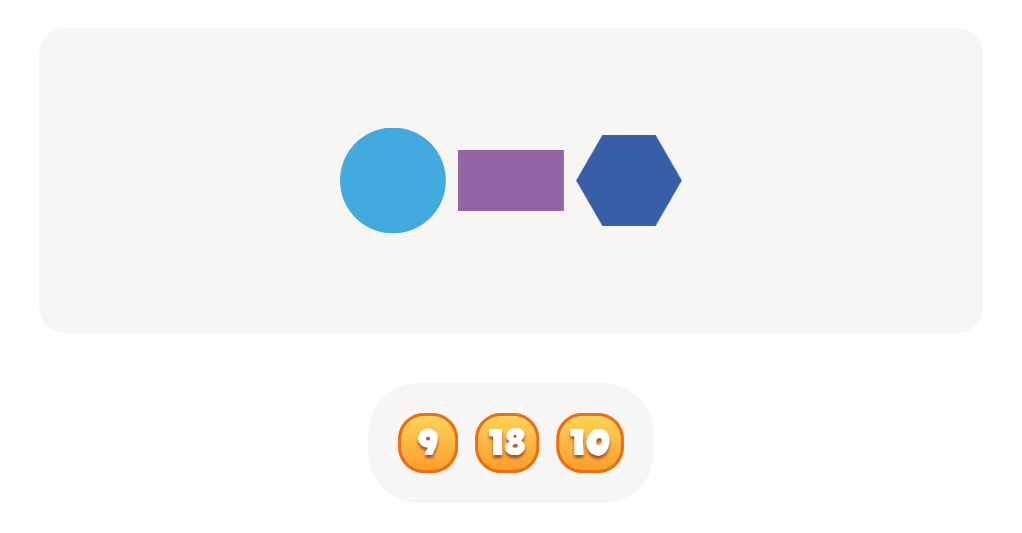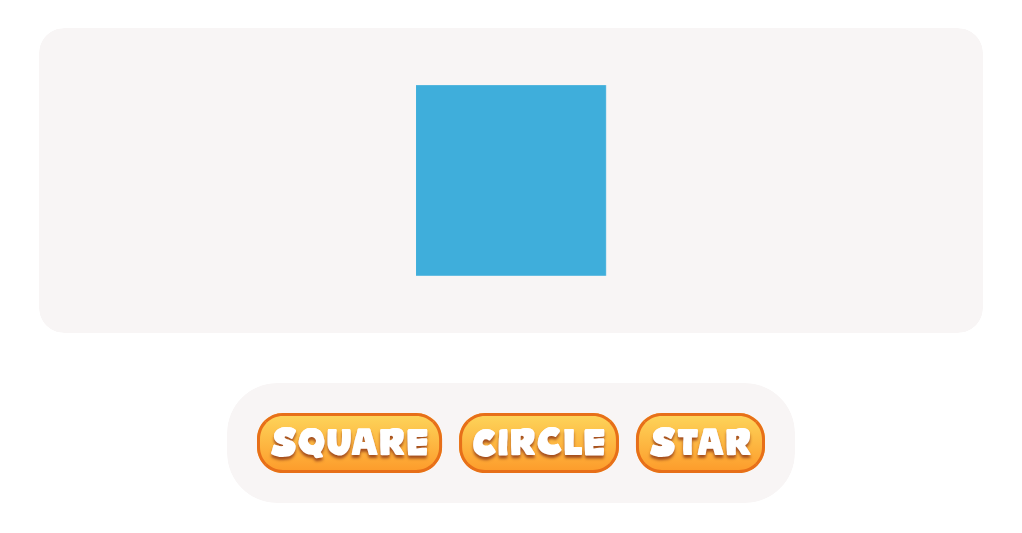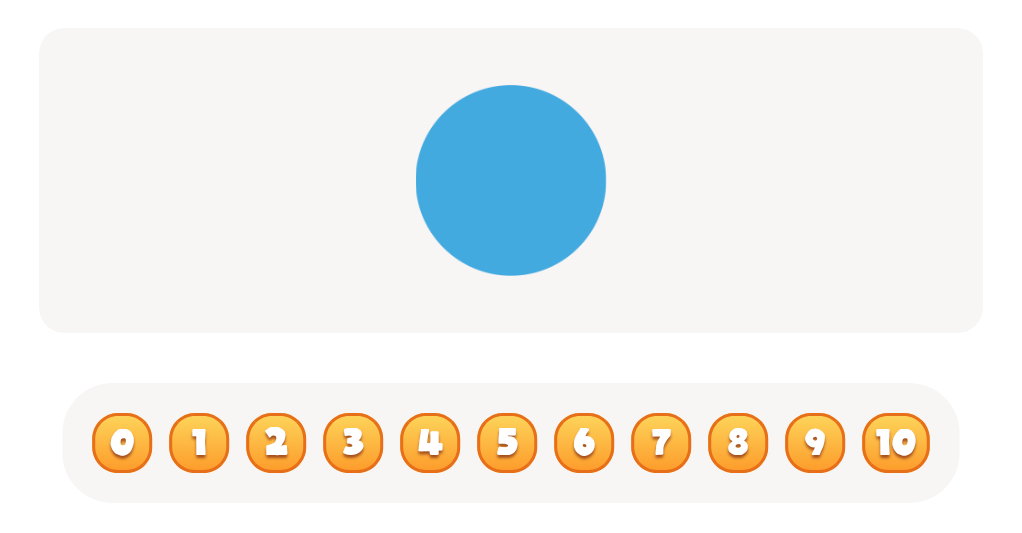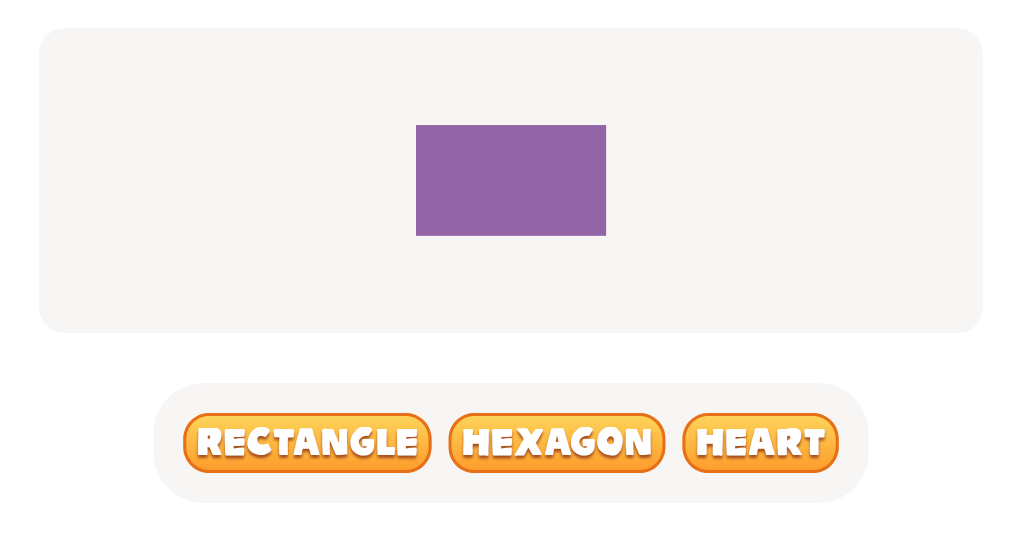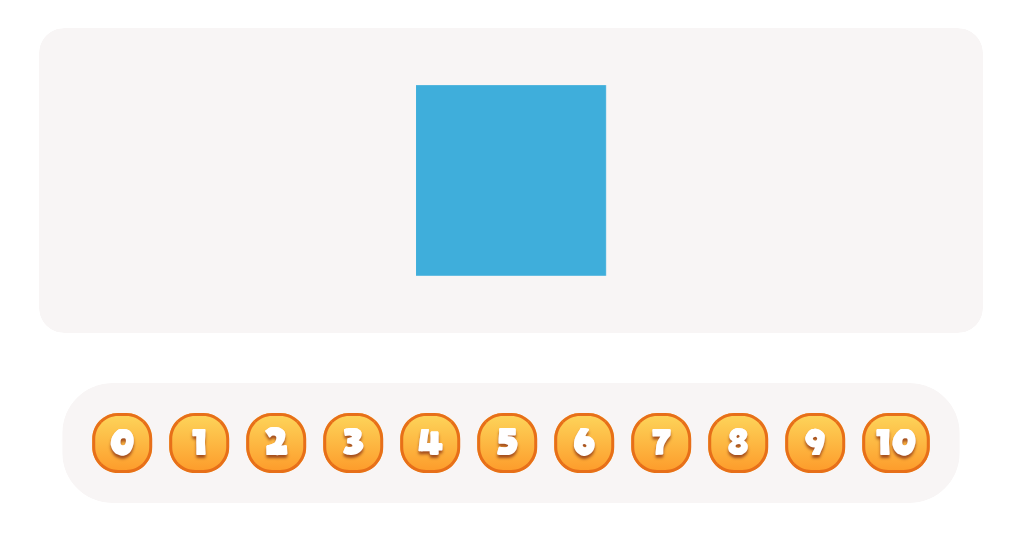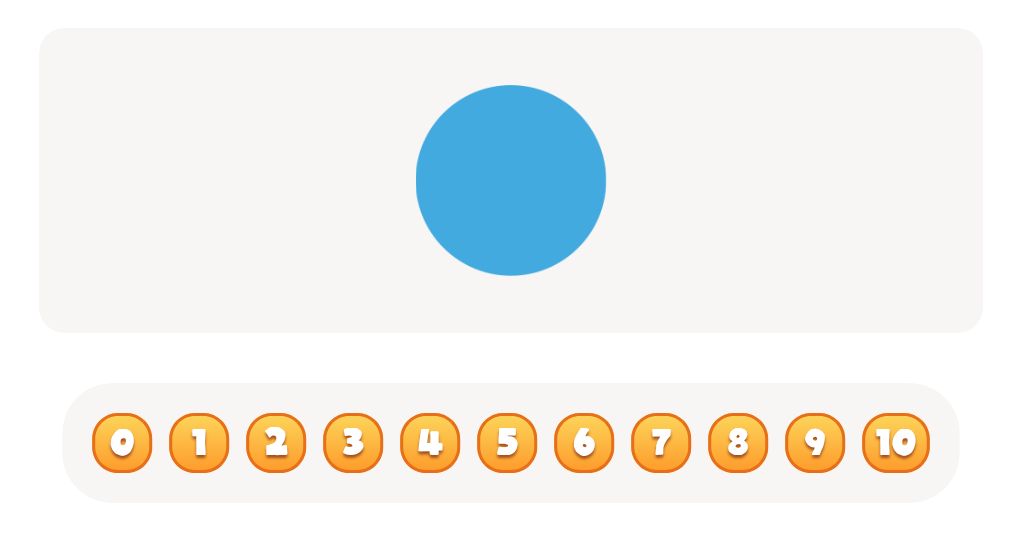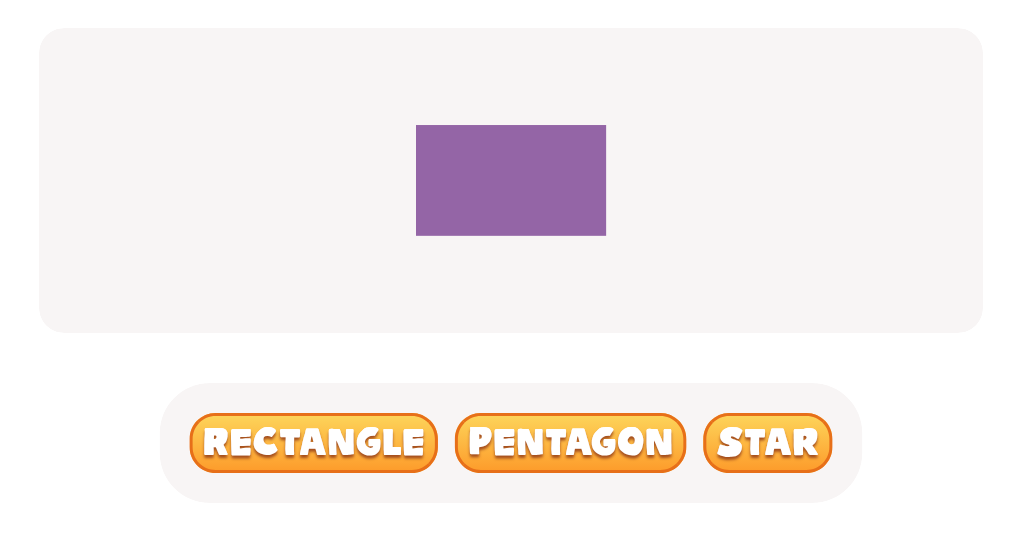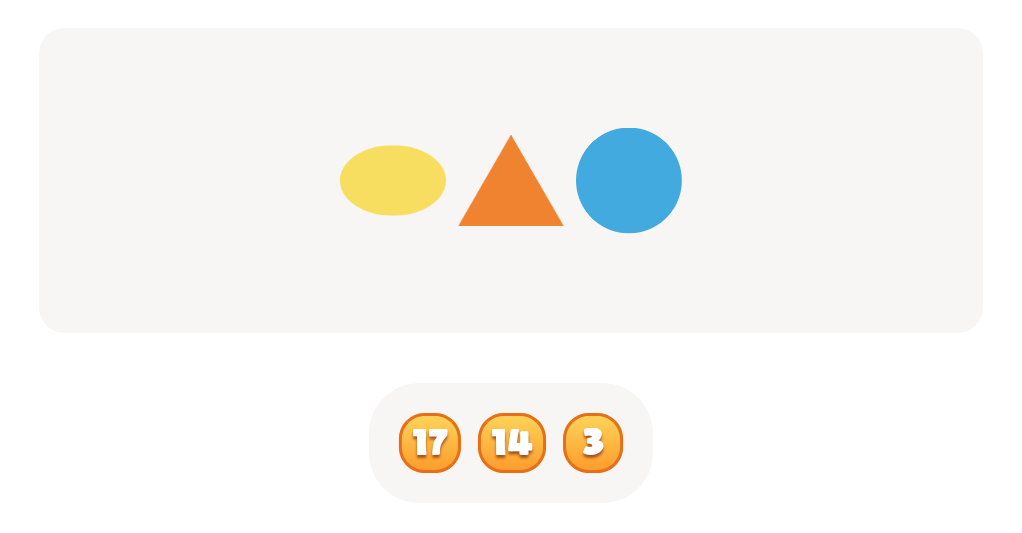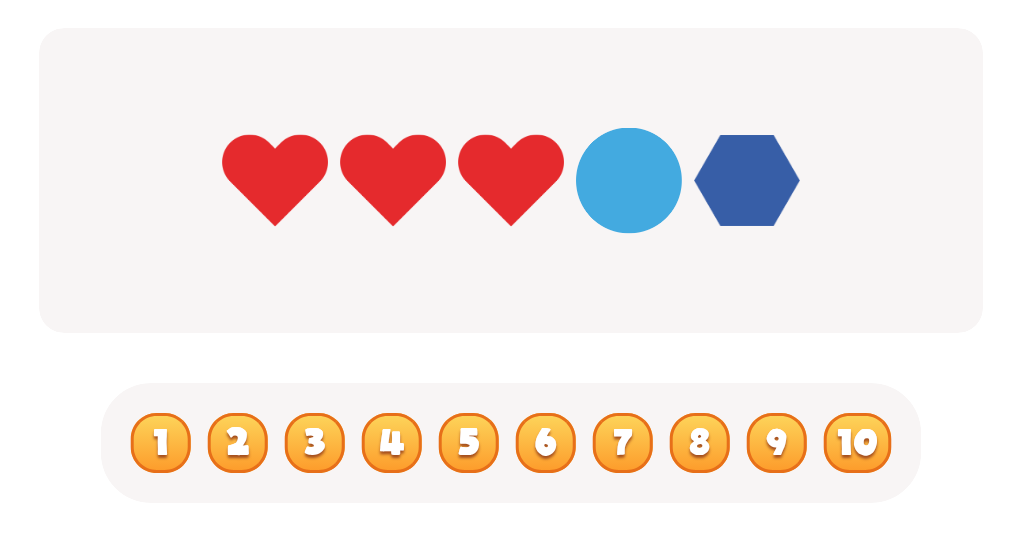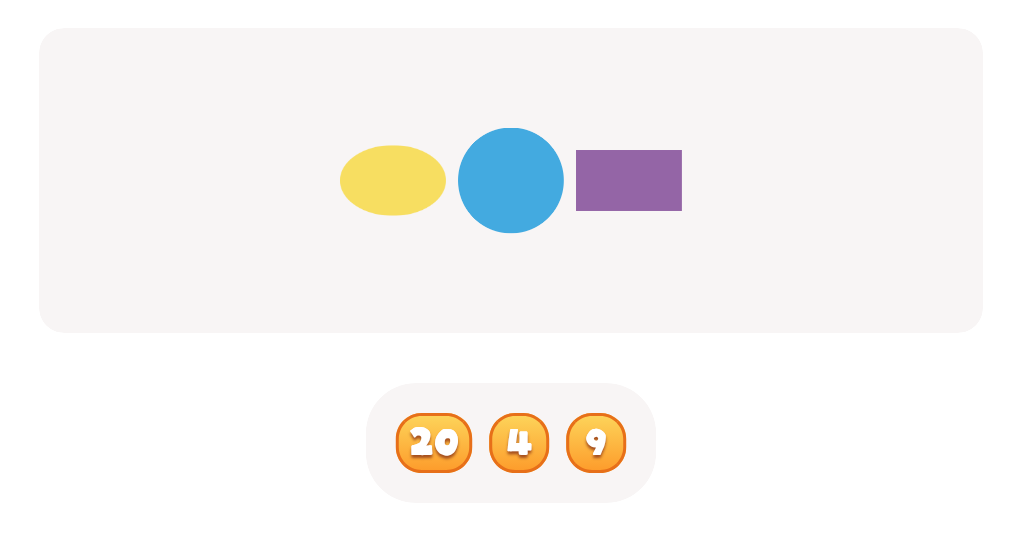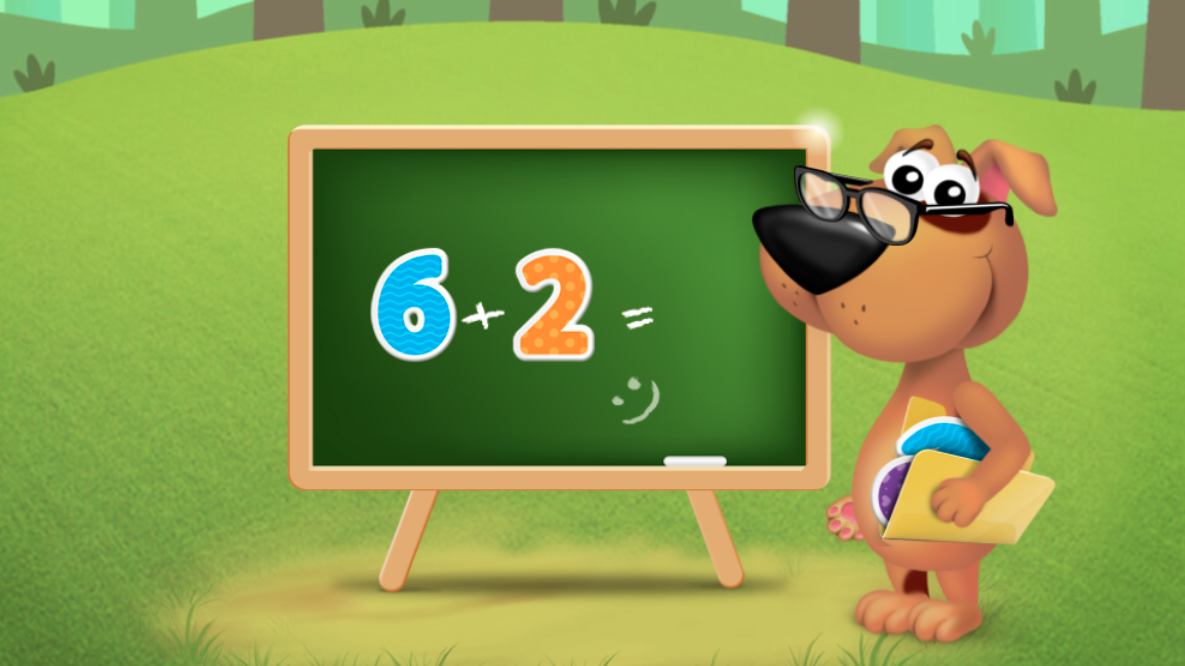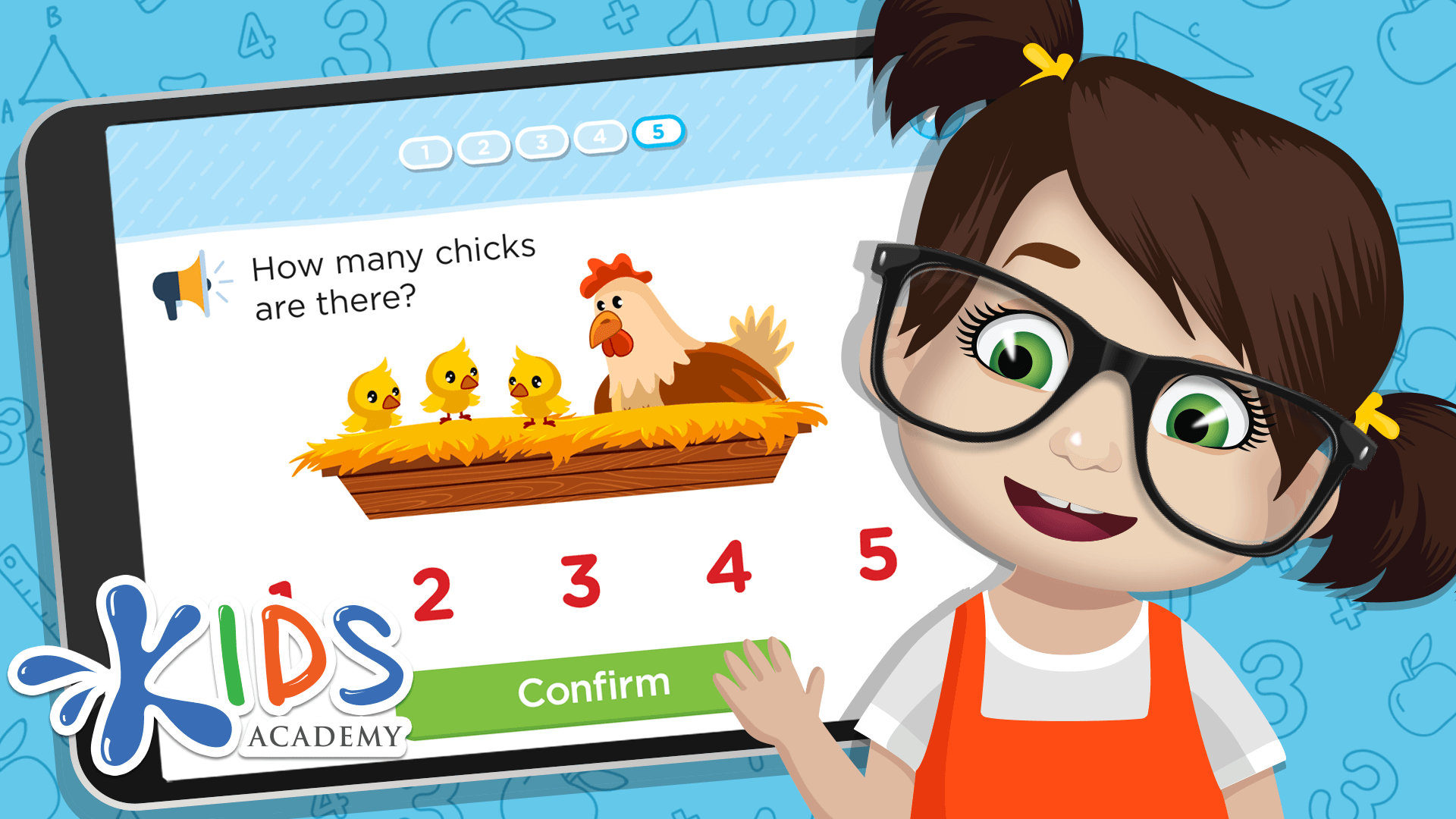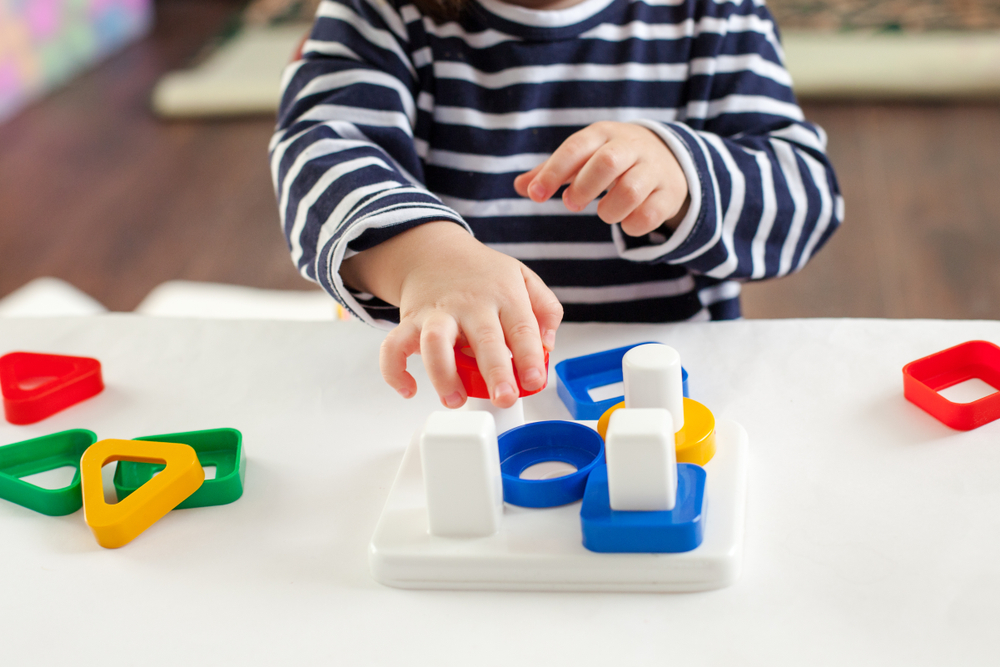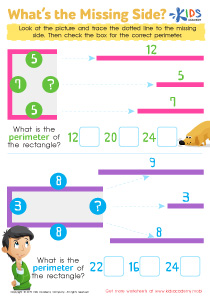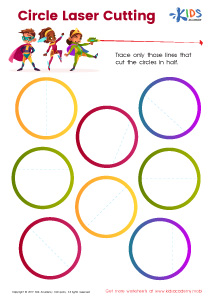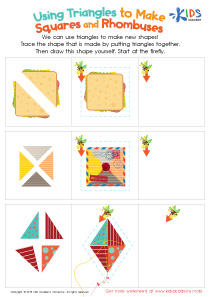Shape identification Normal 2D Shapes Worksheets
4 filtered results
-
From - To
Boost your child's geometric skills with our engaging "Shape Identification Normal 2D Shapes Worksheets"! Designed for young learners, these printable worksheets make learning fun and interactive. They help kids easily identify, trace, and differentiate between various 2D shapes like circles, squares, triangles, and rectangles. Perfect for enhancing problem-solving and fine motor skills, our worksheets use vibrant illustrations to capture your child's interest. Ideal for both classroom and at-home learning, these resources align with common core standards, ensuring your child meets essential math milestones. Spark a love for geometry with Kids Academy's hands-on shape identification worksheets!
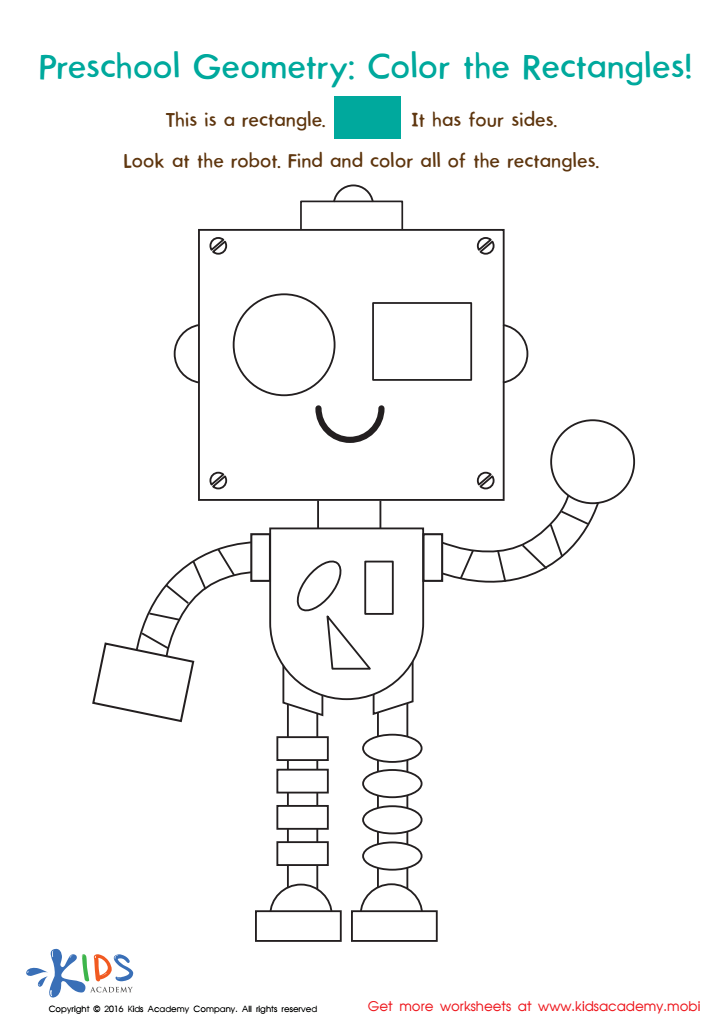

Geometry Worksheet
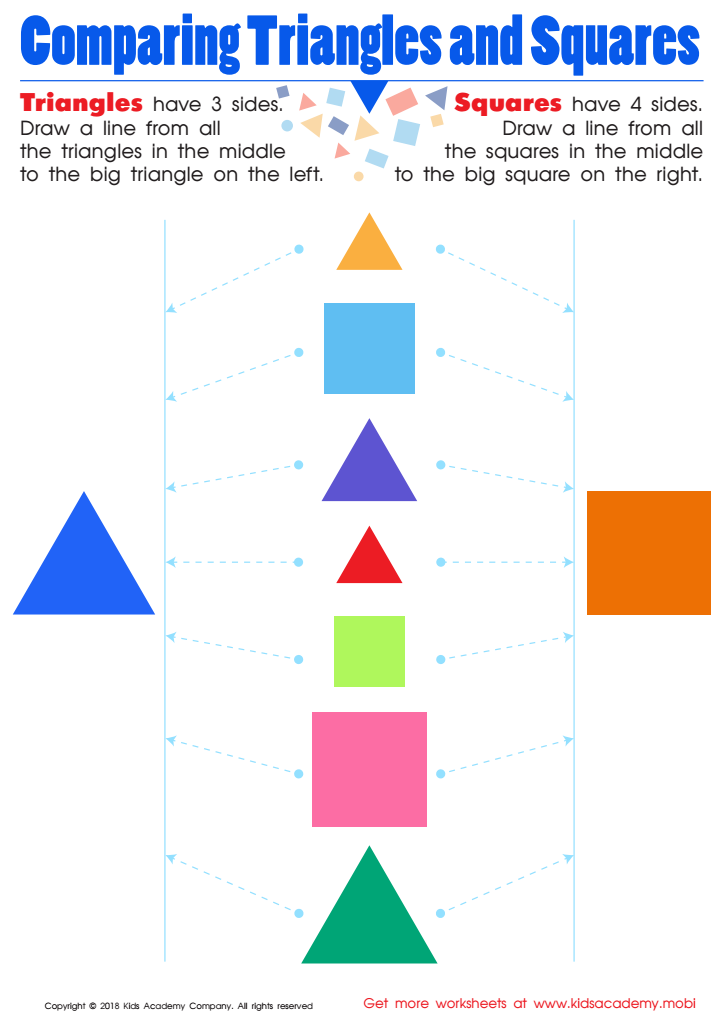

Comparing Triangles Squares Worksheet
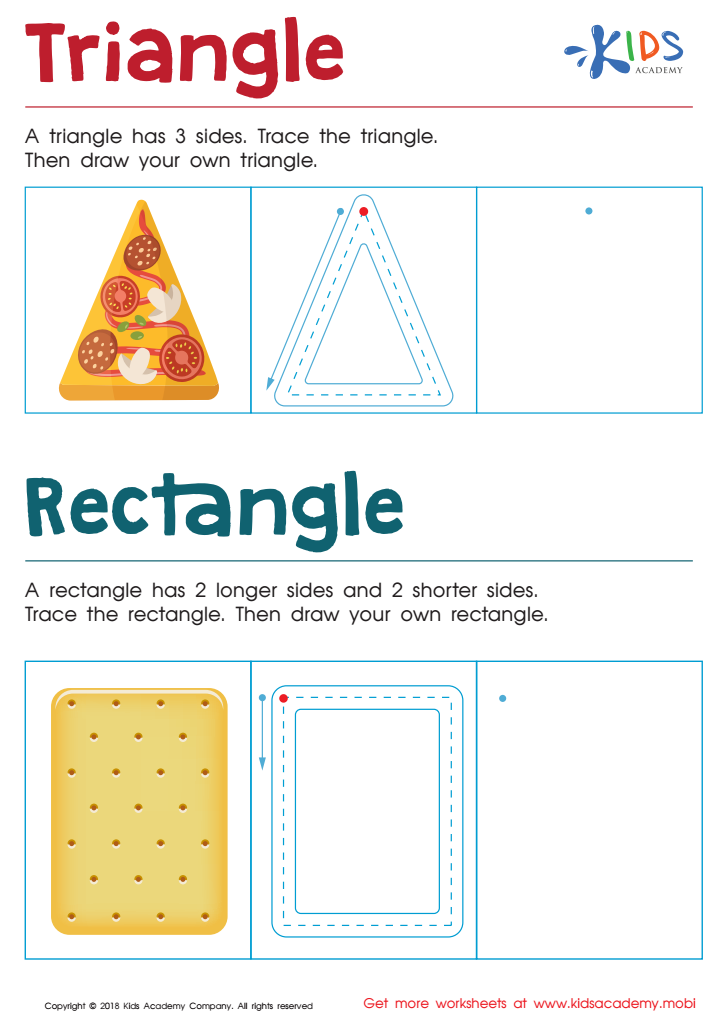

Triangle Rectangle Worksheet
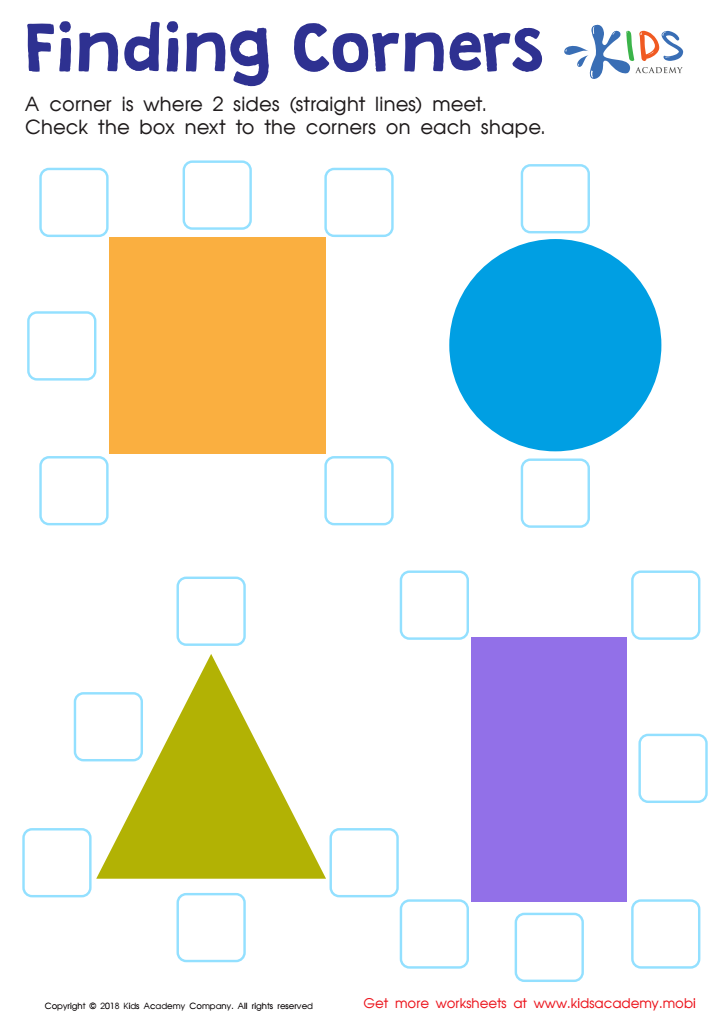

Finding Corners Worksheet
Shape identification is a critical aspect of early childhood education because it serves as a foundation for numerous cognitive and developmental skills. For both parents and teachers, focusing on 2D shapes like circles, squares, triangles, and rectangles helps children in several key ways.
Firstly, recognizing shapes enhances a child's spatial awareness and visual perception. These skills are crucial for tasks like reading, where distinguishing different letters relies on understanding their shapes and forms. Secondly, shape identification is a precursor to geometry, making it easier for children to grasp more complex mathematical concepts in the future.
Furthermore, learning shapes boosts problem-solving skills and logical thinking. For example, understanding how shapes fit together in puzzles develops a child's ability to see patterns and relationships. This cognitive skill translates into everyday tasks and academic subjects, including science and technology.
Shapes also play a role in language development. Through shape-related vocabulary—words like "circle," "square," and "triangle"—children expand their descriptive language and communication skills. Activities involving shape recognition often require children to follow instructions, improving their listening abilities and attention span.
In summary, early exposure to shape identification equips children with essential cognitive skills, mathematical understanding, and language abilities, forming a strong foundation for their overall educational journey.
 Assign to My Students
Assign to My Students
